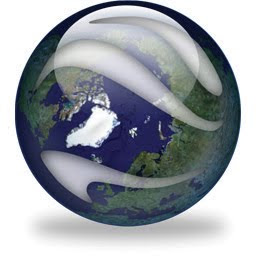How to Get Google to Index Your New Website & Blog Quickly.
When you create a new website or blog , the first thing you probably want to happen is to find it through search. But you have to wait for the Googlebot to crawl your website and add it or your the newest content to the Google index.
To make sure how to do this quickly and possible , plus some great ways to get the Googlebot to your website or blog to index your content sooner rather than later.

What is Googlebot, Crawling, and Indexing?
- The Googlebot is simply the search bot software that Google sends out to collect information about documents on the web to add to Google’s searchable index.
- Crawling is the process where the Googlebot goes around from website to website, finding new and updated information to report back to Google. The Googlebot finds what to crawl using links.
- Indexing is the processing of the information gathered by the Googlebot from its crawling activities. Once documents are processed, they are added to Google’s searchable index if they are determined to be quality content. During indexing, the Googlebot processes the words on a page and where those words are located. Information such as title tags and ALT attributes are also analyzed during indexing.
How to Get Your New Website or Blog Discovered
The following will help you get referral traffic to your new website !Once your website or blog is indexed, you’ll start to see more traffic from Google search. Plus, getting your new content discovered will happen faster if you have set up sitemaps or have a RSS feed. The best way to ensure that your new content is discovered quickly is simply by sharing it on social media networks through status updates, especially on Google+.
Also remember that blog content is generally crawled and indexed much faster than regular pages on a static website, so consider having a blog that supports your website. For example, if you have a new product page, write a blog post about it and link to the product page in your blog post. This will help the product page get found much faster by the Googlebot!
If you have used other techniques to get your website or blog indexed quickly? Please share in the comments!


